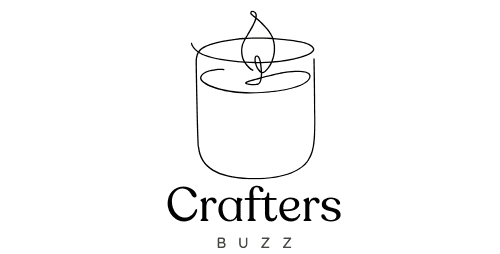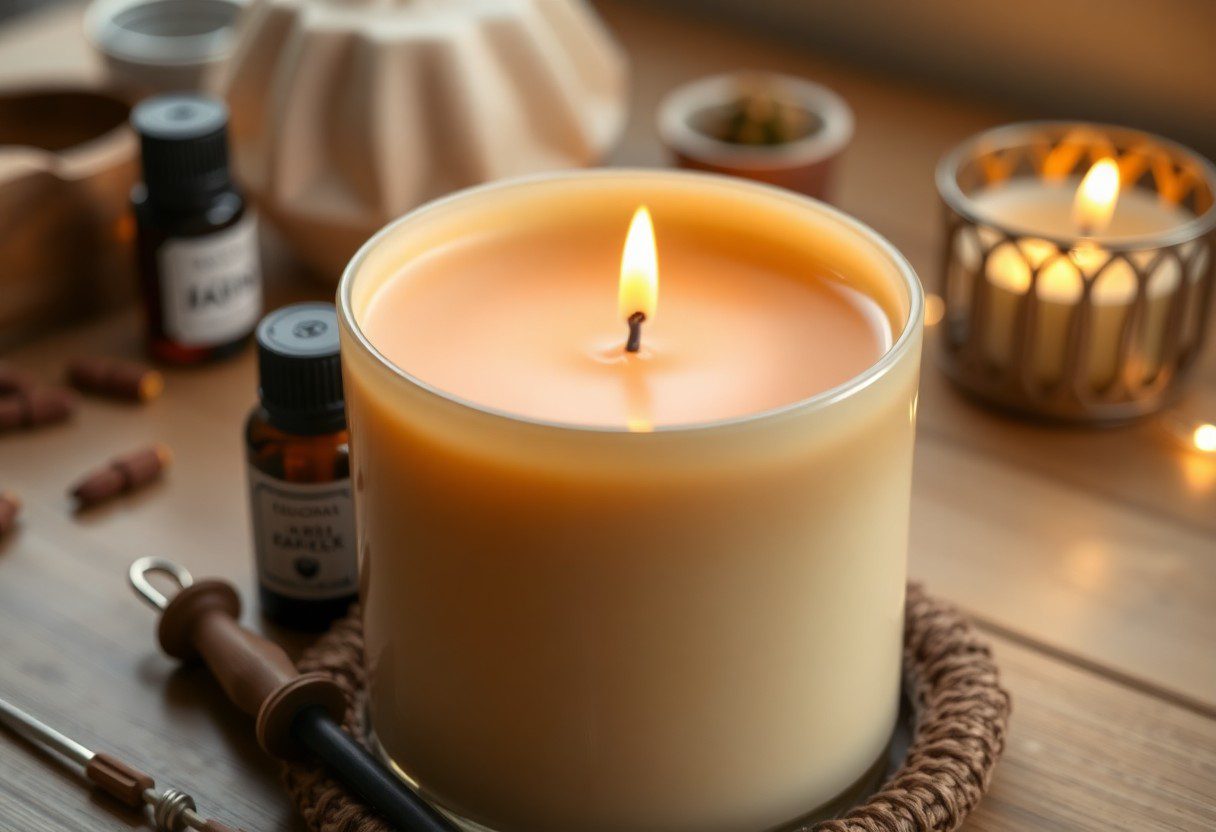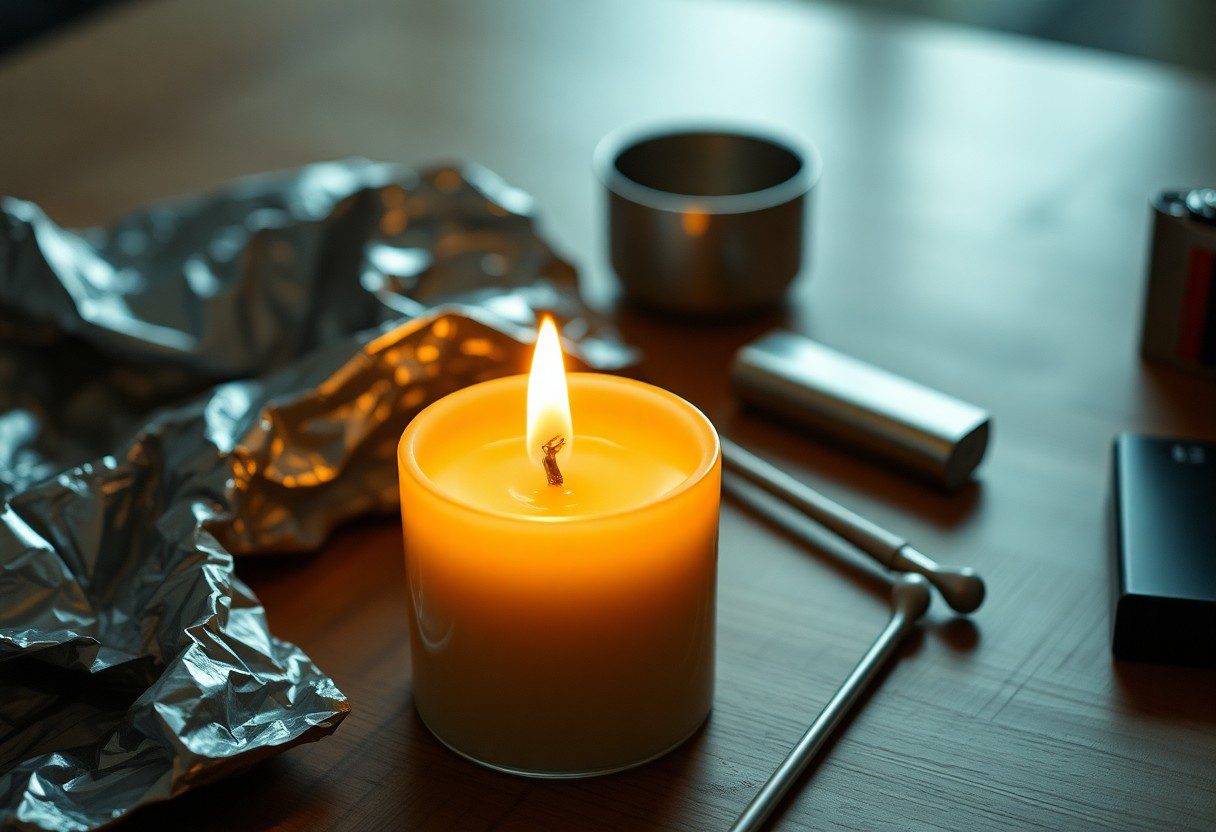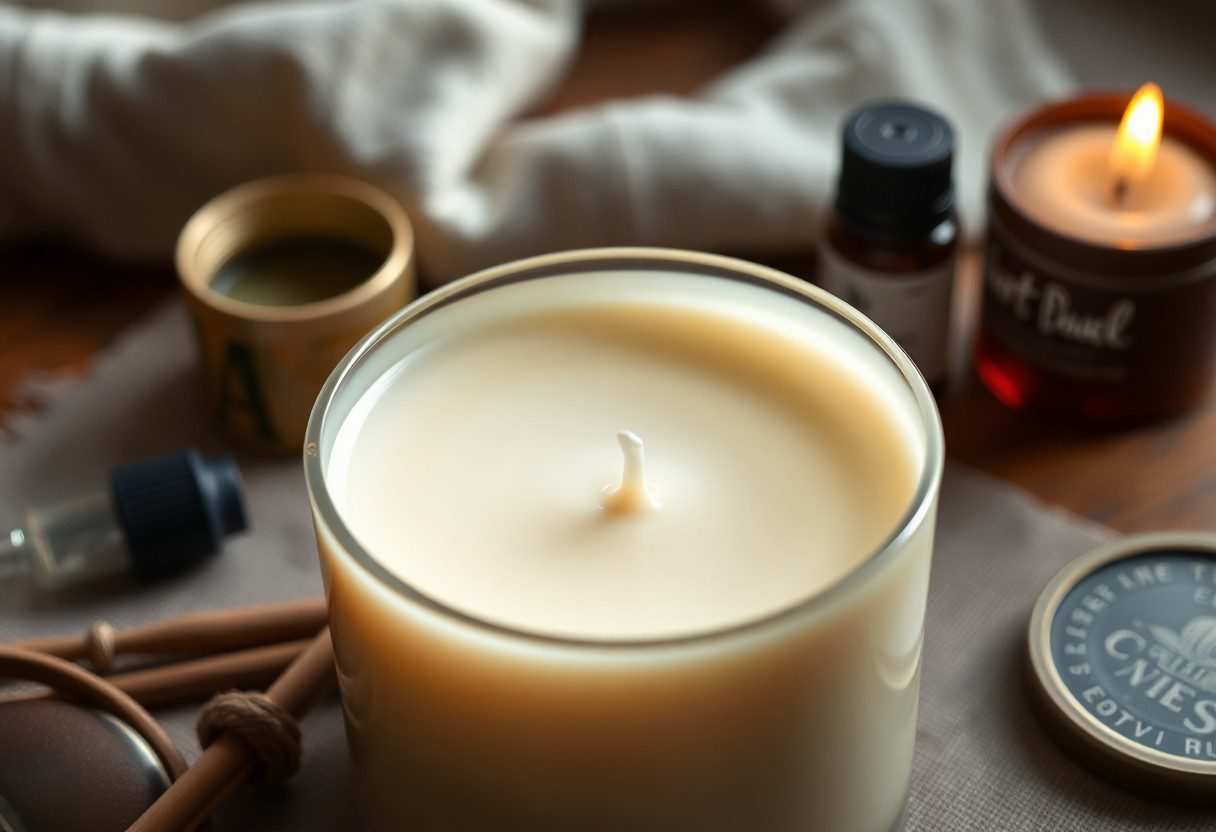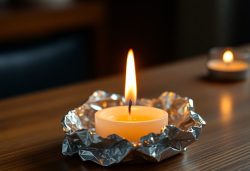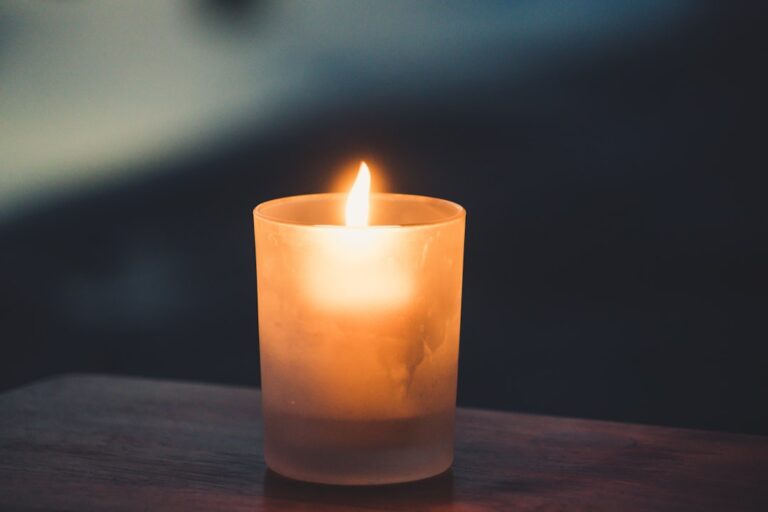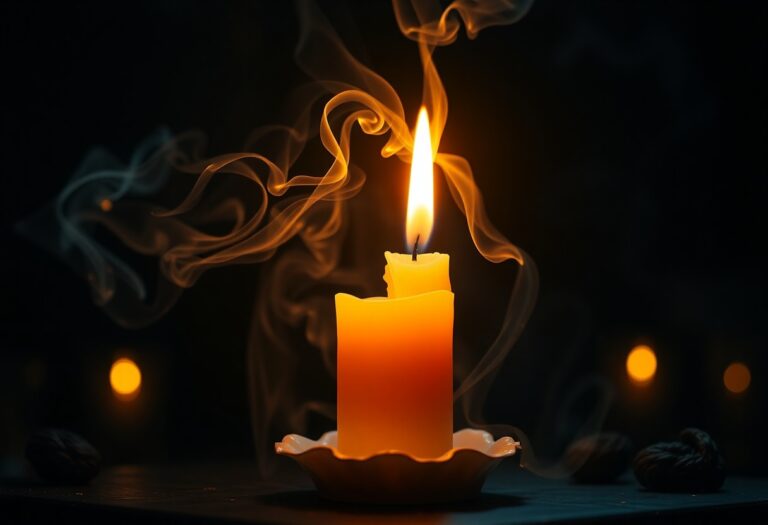how to stop a candle from tunneling
Most candle enthusiasts have encountered the frustrating issue of tunneling, which occurs when the wax burns unevenly, leaving unsightly walls. This not only wastes your candle but can also create safety hazards due to an increased risk of overheating. By following a few simple techniques, you can ensure an even burn, maximizing your candle’s lifespan and creating a more enjoyable ambiance. In this guide, you’ll learn effective methods to stop tunneling, helping you get the most out of your favorite candles.
Understanding Candle Tunneling
Your candle may light up your space, but if it’s tunneling, you might be left with wasted wax and an uneven burn. Candle tunneling occurs when the wax around the wick does not melt evenly, resulting in a thin tunnel of wax that can diminish the candle’s effectiveness and lifespan. Understanding this phenomenon can help you take steps to prevent it from occurring, ensuring a longer-lasting and more appealing burn.
What is Candle Tunneling?
With candle tunneling, your candle’s wax burns down the center while the outer edges remain mostly intact. This can lead to wasted material and a shorter burn time, as the unburned wax cannot be used efficiently. The result is not just aesthetic; a tunneling candle can also produce less fragrance and create an inconsistent flame.
Common Causes of Tunneling
You may encounter candle tunneling due to several factors, including improper burn time, poor wick quality, or incorrect wick size. Each of these elements affects how the wax melts and can lead to an unsatisfactory candle experience.
Understanding the common causes of tunneling can help you avoid this issue in the future. If you frequently burn your candles for less than two hours, you risk the wax not melting evenly. Additionally, using candles with low-quality wicks or those that are too small can lead to insufficient heat reaching the wax. The type of wax and its additives can also play a role, as certain blends may be more prone to tunneling. By being aware of these factors, you can take proactive measures to enhance your candle experience.
Factors Affecting Candle Burn
Any candle’s performance can be influenced by a variety of factors, including:
- Wax type
- Wick size
- Wick placement
- Burn time
- Humidity levels
After understanding these aspects, you can take steps to ensure a more effective candle burn and reduce tunneling.
Wax Type and Quality
To achieve a consistent burn, you should consider the wax type and quality of your candle. Wax plays a significant role in how well your candle burns. High-quality waxes, such as soy or beeswax, tend to have better burn characteristics and tend to minimize tunneling.
Wick Size and Placement
Factors that affect your candle’s performance include the wick size and its placement. Choosing the correct wick size ensures that your candle burns evenly and efficiently.
Placement of the wick is equally important; it should be centered and upright for optimal burning. An improperly placed wick can lead to an uneven burn, creating a risk of excess soot or uneven melting. Ensure your wick is securely placed, as this will encourage a healthier flame and promote a longer-lasting candle experience, eliminating the issue of tunneling.
How to Prevent Tunneling
Some simple strategies can help you avoid the common problem of tunneling in your candles. For more insights, check out Candle Care 101: How to Fix & Prevent Candle Tunneling. Adopting good practices can significantly extend the life of your candles and maximize their aroma.
Pre-Burning Tips
PreBurning your candle properly is key to achieving an even burn. Follow these tips:
- Ensure your candle has a flat and stable surface.
- Trim the wick to 1/4 inch before lighting.
- Allow the wax to melt to the edge of the container during the first burn.
Perceiving these steps as imperative will help you enjoy a beautifully burning candle.
Proper Burning Techniques
You should always focus on using proper burning techniques to prevent tunneling. This includes lighting your candle for long enough to create a full melt pool, ideally around 2-3 hours, especially during the first burn. Additionally, avoid placing your candle in drafty areas, as this can lead to uneven burning.
This ensures that your candle burns evenly and safely. Always keep an eye on fire safety tips to avoid hazards, like never leaving a burning candle unattended. A well-burnished candle not only provides a cozy atmosphere but also enhances your space with lovely fragrances.
Tips for Maintaining Candle Quality
To ensure your candles maintain their quality, consider these key tips:
- Store candles in a cool, dry place to prevent warping.
- Avoid direct sunlight, as it can fade colors and affect scent.
- Keep candles away from drafts to promote even burning.
- Always use a proper candle holder for safety.
Any effort you make to follow these guidelines will enhance your candle experience. For more insights, check out How To Fix And Prevent Candle Tunneling – Archipelago.
Storage Best Practices
Any candles you own should be stored properly to maximize their lifespan and performance. Keep them upright and away from heat sources, which can distort their shape or affect their scent. Consider using airtight containers to protect them from dust and moisture.
Regular Trim and Care
Some simple maintenance can keep your candles in great shape. Regularly trim the wick to about 1/4 inch before each use, resulting in a better burn with less soot. This will also provide a more steady flame, preventing issues like flickering. Avoid burning your candle for longer than 4 hours at a time, as this can lead to soot buildup. Additionally, after each burn, gently smooth the wax surface for a polished finish.
Trim the wick carefully to sustain a controlled flame, helping you avoid excess soot and tunneling. It’s important to maintain a 1/4 inch wick length for optimal burning. Also, keep an eye on burning duration; limiting it to up to 4 hours prevents overheating. Finally, periodically clean any wax spills around your candle holder to maintain a safe and aesthetic environment. Practicing these steps not only enhances safety but also enriches your overall candle experience.
Trouble Shooting Tunneling Issues
Many candle enthusiasts encounter tunneling issues, which can diminish the aesthetic and functionality of your candle. To solve this problem effectively, it is important to understand the factors that contribute to tunneling, such as improper burning techniques or low-quality wax. Being proactive can help you enjoy the full lifespan of your candles while minimizing waste.
Fixing an Already Tunneling Candle
On occasion, you may find yourself with a candle that has already developed a tunnel. One simple fix is to gently heat the surface with a hairdryer on a low setting or place it in a warm oven for a few minutes, allowing the wax to melt evenly and fill the tunnel. Be cautious when using heat to avoid overheating.
Future Precautions
If you want to prevent future tunneling issues, you should focus on proper burning practices, such as allowing the candle to burn long enough on the first use to create a full melt pool. This creates an even burning surface, avoiding tunnels.
Tunneling can be easily avoided with proper attention and care. Always trim your wick to about 1/4 inch before lighting, as overly long wicks can create uneven burning patterns. Additionally, choosing high-quality wax blends enhances your candle’s performance and beauty. Regularly monitoring your candle while it burns will allow you to correct any developing issues early, ensuring that each burn is as enjoyable as possible.
Frequently Asked Questions
Keep in mind that using candles can sometimes lead to tunneling, which affects their burn time and overall performance. If you have any questions about preventing tunneling or optimizing the burn of your candles, explore this section for imperative tips and solutions.
Common Concerns and Solutions
Concerns often arise regarding candle tunneling, particularly how it affects the lifespan of your candle and the intensity of its fragrance. To combat this issue, ensure you allow the wax to melt evenly by burning the candle long enough during each use. Additionally, trimming the wick to about 1/4 inch can provide a cleaner burn, minimizing soot and maximizing fragrance delivery.
Expert Advice
There’s a wealth of expert advice on avoiding candle tunneling. One key method is to always allow the candle to burn long enough—typically 1 hour for every inch in diameter—so that the wax pool reaches the edges of the container. Using multiple wicks can also help achieve an even burn, allowing the heat to distribute evenly across the surface. Investing in quality candles made from natural wax can significantly reduce tunneling problems, enabling you to enjoy a more consistent fragrance experience.
Common practices for ensuring an even candle burn include being mindful of drafts in the room and positioning your candle away from any direct airflow that could disrupt the melting process. Also, avoid burning candles in humid conditions, as this can affect how the wax burns. By following these tips, you can enhance your candle experience and enjoy their full benefits without the hassle of tunneling.
To wrap up
Now that you understand how to stop a candle from tunneling, you can enhance your overall candle experience. Ensure you trim the wick to about 1/4 inch before lighting, allow the wax to melt evenly across the surface during each burn, and avoid burning in drafts. By following these simple steps, you’ll enjoy a longer-lasting and more aesthetically pleasing candle. With a little attention and care, you can prevent tunneling and maximize the burn time of your candles, making your ambiance truly inviting.
FAQ
Q: What causes a candle to tunnel?
A: Tunneling occurs when a candle burns down the center while leaving wax on the edges of the jar. This happens often due to a wick that is too short, a draft, or a candle that hasn’t been burned long enough during its initial use. Ensuring the wax melts all the way to the edges during the first burn can prevent this issue.
Q: How can I prevent tunneling on the first burn of my candle?
A: To prevent tunneling on the first burn, let the candle burn until the wax pool reaches the edge of the jar. This typically takes 1 hour for every inch of the candle’s diameter. By allowing the entire surface to melt, you create an even burn for future uses.
Q: Is there a way to fix a candle that has already started to tunnel?
A: Yes, you can fix a tunneling candle by using a hairdryer or heat gun to warm the sides of the candle. This will soften the wax and allow it to melt down to create a more even surface. Alternatively, you can place the candle in a warm oven (set to a low temperature) for a few minutes, ensuring you keep a close eye on it.
Q: Should I trim the wick of my candle to prevent tunneling?
A: Yes, trimming the wick before each use can help maintain a steady flame and prevent wax from burning too quickly along the edges. Aim for a wick length of about 1/4 inch, and remove any burnt debris to ensure a clean burn that promotes an even melt of the wax.
Q: Are there specific types of candles that are less likely to tunnel?
A: Candles made of high-quality wax, such as soy or beeswax, tend to burn more evenly compared to those made with paraffin. Additionally, candles with wider diameters generally promote a better melt pool, reducing the chance of tunneling. Look for candles that have a well-structured wick and provide proper burn information to optimize performance.
